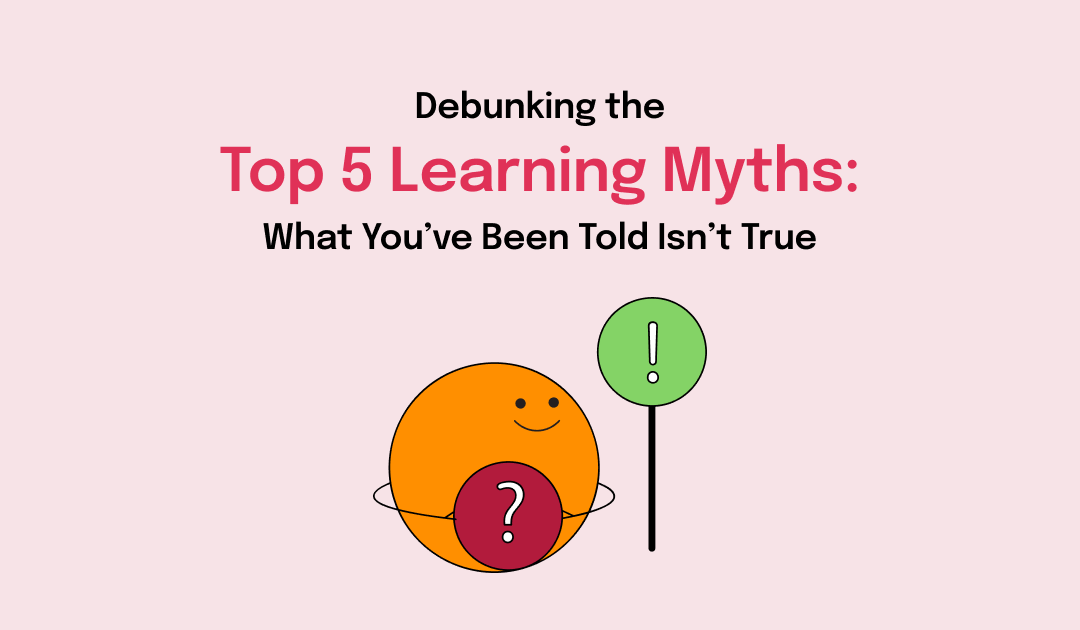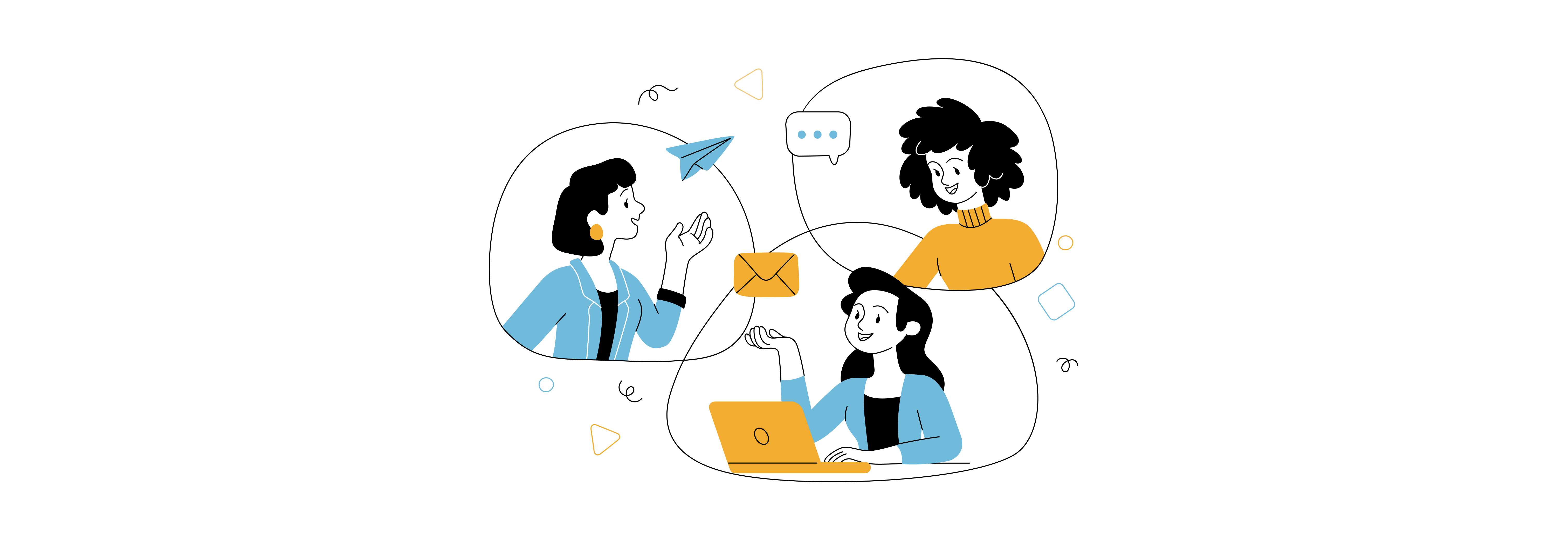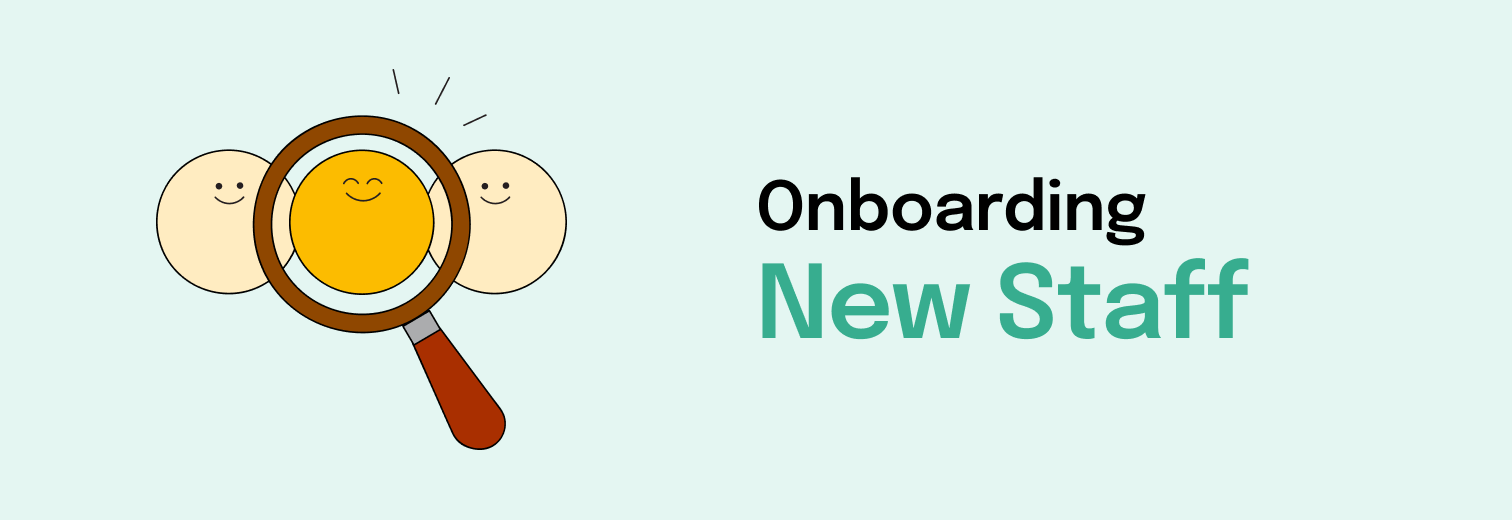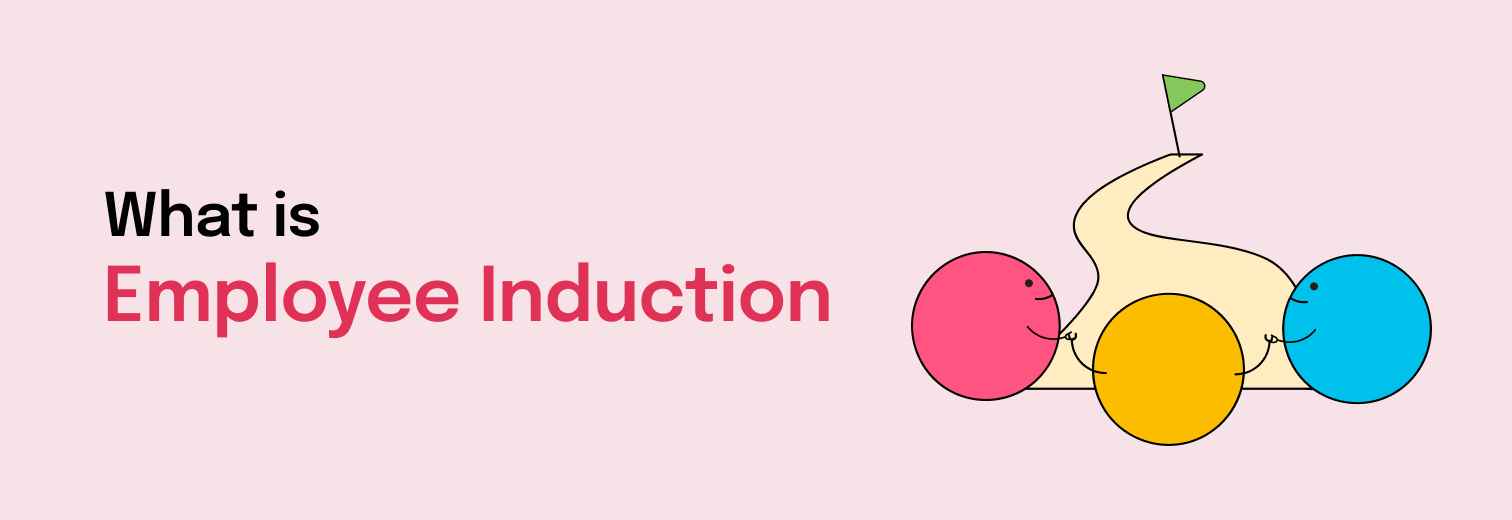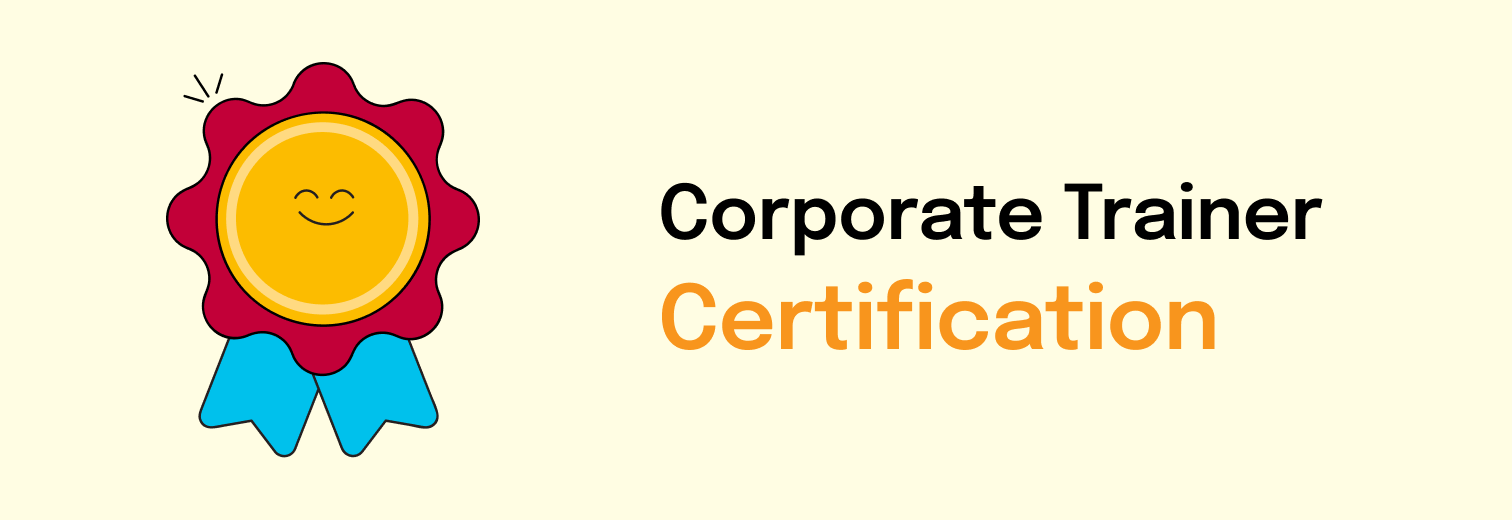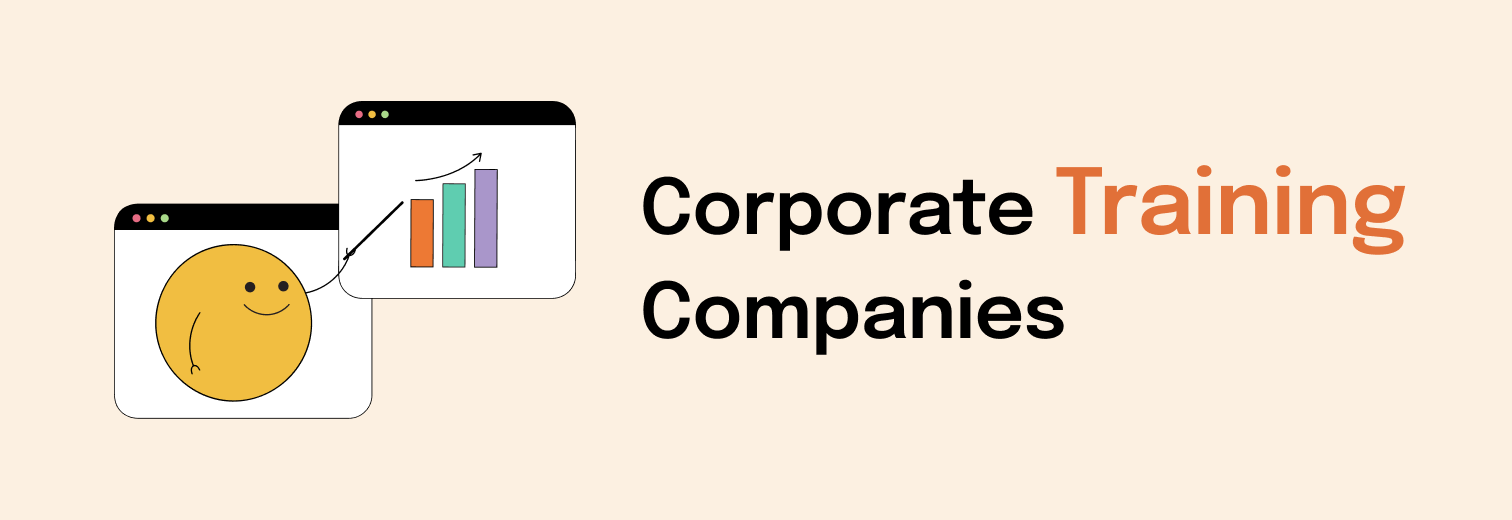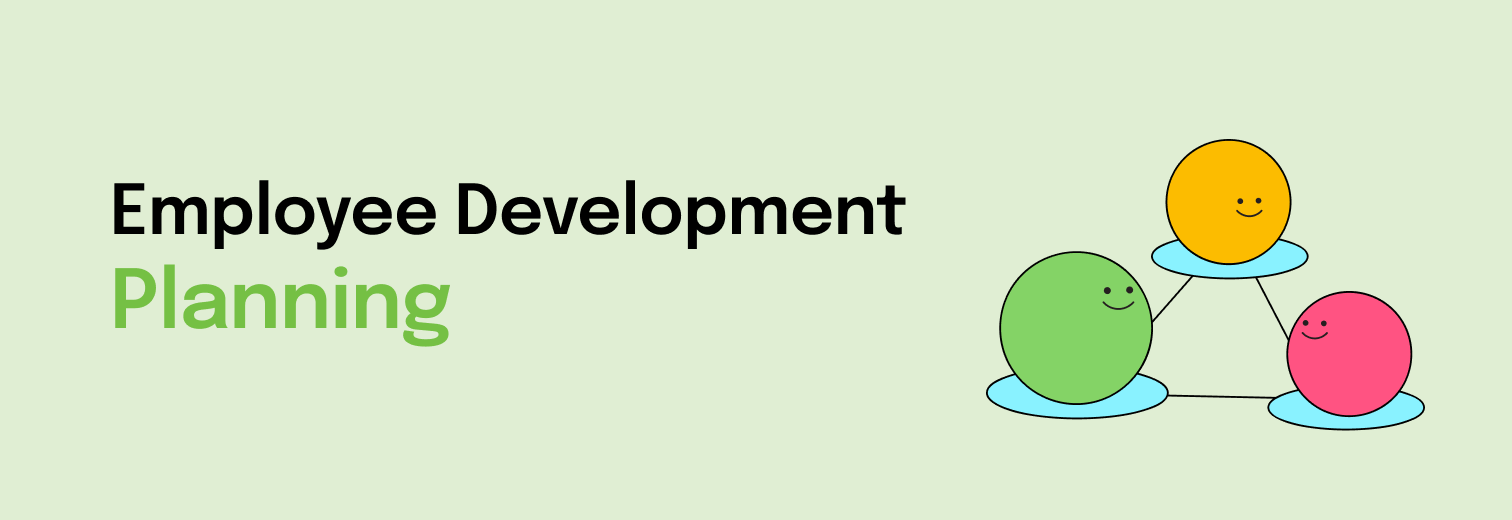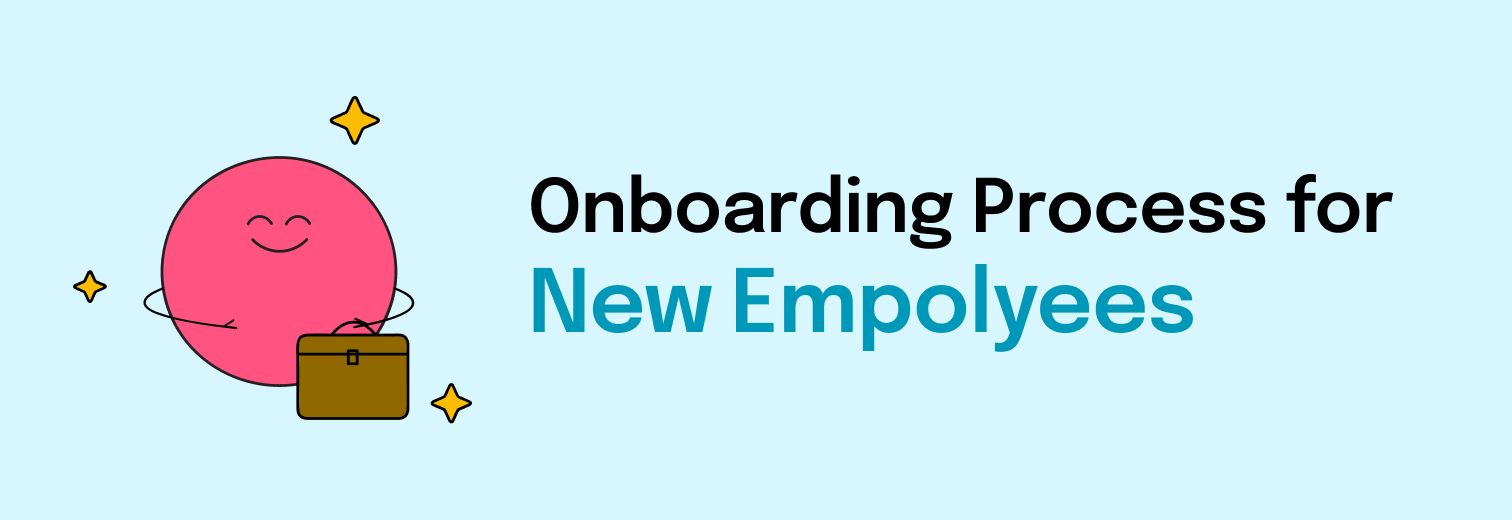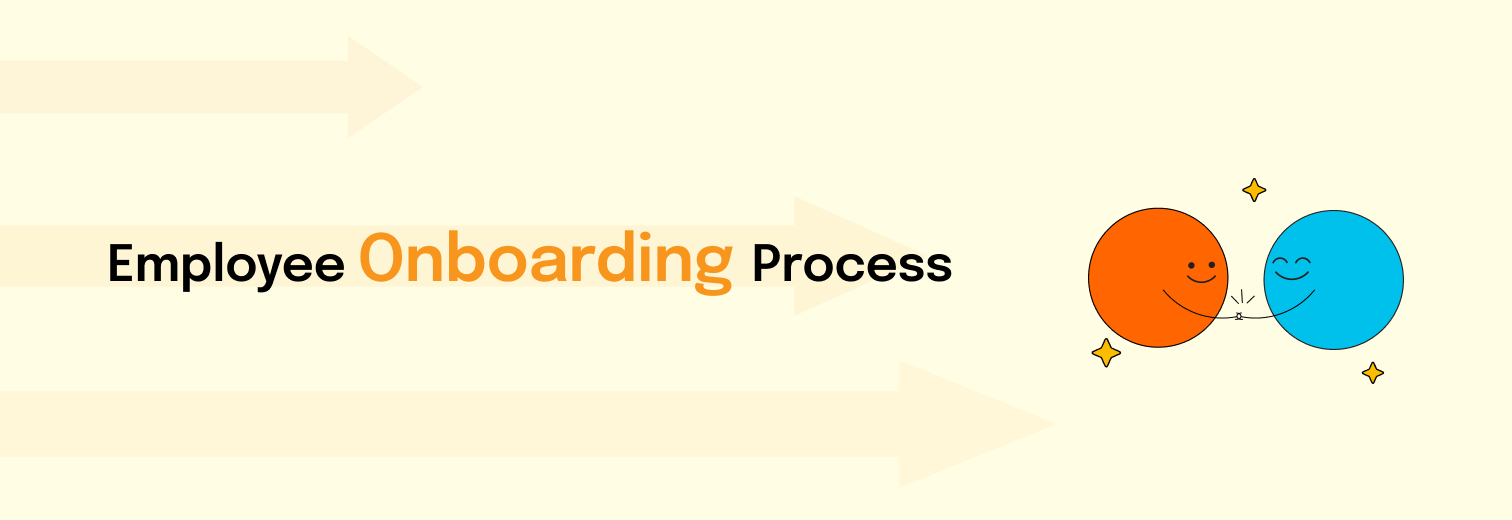Debunking the Top 5 Learning Myths: What You’ve Been Told Isn’t True
There are numerous theories about how we learn best. Think you know how people learn? Think again. Some of the most common beliefs about learning—ideas you’ve likely heard in countless seminars, workshops, and training sessions—are flat-out wrong.
Surprised? You’re not alone. Today, we’re diving into five of the biggest learning myths that have been passed around for years, only to be debunked by science.
1. Myth: Learning Styles Dictate How We Learn
Have you ever been told that you’re a visual, auditory, or kinesthetic learner? This concept of learning styles suggests that people learn better when information is presented in their preferred modality. While it sounds convincing, research shows that there’s no scientific evidence to support this. Studies have consistently found that individuals can learn effectively across various styles, and tailoring lessons to a specific style does not improve learning outcomes.
What does this mean for L&D? Instead of focusing on learning styles, instructional designers should create multi-sensory learning experiences that engage all learners.
2. Myth: Human Attention Span is Less Than That of a Goldfish
Another widespread myth is that humans have a shorter attention span than goldfish—often cited as being just 8 seconds. The reality? This statistic originated from a dubious source and lacks scientific grounding. In fact, when humans are interested in a subject—like watching a movie or playing a game—they can stay engaged for hours.
The takeaway: Design learning experiences that captivate the learner’s attention through engaging content rather than worrying about arbitrary attention span limits.
3. Myth: We Only Use 10% of Our Brain
The idea that humans only use 10% of their brain has been a popular one, with Hollywood movies like Lucy adding to the myth. While it’s exciting to imagine the untapped potential this implies, neuroscience has proven that we use 100% of our brains, just in different ways depending on the task. This highlights the importance of varied learning pathways.
Implication for L&D professionals: Learning is not about tapping into unused potential but rather reinforcing neural pathways through repetition, reflection, and application.
4. Myth: Great Participant Feedback Equals Effective Learning
Many L&D professionals assume that glowing feedback from participants means that a session was successful. While it’s great to receive positive feedback, it doesn’t necessarily mean that learning has taken place or that the learners will apply new skills back in the workplace. As the Kirkpatrick Model suggests, effective learning measurement goes beyond participant satisfaction and evaluates behavioral change and business impact.
The solution? Adopt robust learning evaluation models like the LTEM (Learning Transfer Evaluation Model), which offer a more nuanced and holistic approach to measuring the true effectiveness of learning interventions.
5. Myth: The 70-20-10 Rule Applies Universally
The 70-20-10 rule is often touted as the gold standard in learning design, advocating that 70% of learning happens on the job, 20% through social learning, and 10% via formal training. While this guideline can be helpful in highlighting the importance of on-the-job learning, it’s not a one-size-fits-all solution. Different industries, job roles, and learning needs require different ratios. The truth is, experiential learning plays a crucial role in reinforcing skills beyond the classroom.
What’s the real lesson? While the 70-20-10 model can be useful, it’s important to assess the specific context of your learners and design interventions that meet their unique needs.
Conclusion: Rethink Your Learning Strategies
As L&D professionals, it’s crucial to base learning interventions on evidence, not myths. The next time you hear someone mention one of these learning myths, you’ll be equipped to have a more informed conversation. By understanding the truth behind these myths, we can design better learning experiences that lead to real, measurable outcomes.
{{ include_custom_fonts({“Epilogue”:[“Black”,”Black Italic”,”Bold”,”Bold Italic”,”Extra Bold”,”Extra Bold Italic”,”Extra Light”,”Extra Light Italic”,”Light”,”Light Italic”,”Medium”,”Medium Italic”,”Regular”,”Regular Italic”,”Semi Bold”,”Semi Bold Italic”,”Thin”,”Thin Italic”]}) }}
